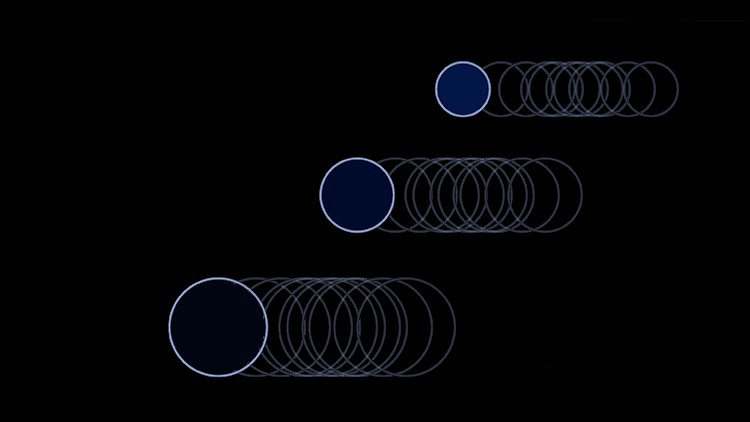
Introduction to the field of physics for future physicists.
What you will learn
Utilising concepts of fundamental physics.
Comprehending conventional notation and formulation.
Learning about modelling the physical world using functions for speed, velocity and more.
Grasp the skill of converting units without a calculator.
Description
This course gives a thorough introduction to the field of physics, its conventions and its philosophy. Firstly, introduction to numerical calculations and conventions will be made in the course. Throughout the course, our understanding will expand and we will look further in many areas of physics. We will dive in on
- What physics is
- How is it useful
- Conventions in the field
- Acknowledging current world of physics
- Comprehending mathematical formulations in physicsand more.
This series is a part of the Semispecula project. A dark and eye friendly animation style is utilised throughout the course, including animations and 3 dimensional visualisations of subjects. The course is designed for people who have some understanding of the field but essentially, it is beginner friendly, although the material will be expanded as the course progresses, hence it is for every level of physics. It will start with basic formulation of speed and velocity, graphs and more to philosophy of physics and many areas of physics focusing specifically on quantum mechanics.
The course is made up of short lectures and will be progressively more complex. One of the distinguishing factors of this course is that it is a course of introductory physics but not in a traditional sense. Henceforth, we will not be covering a curriculum for learning physics with formulas and building up in that regard, we will be understanding the principles and the philosophy of physics, diving in many special areas and conventions. It could be thought of as a handbook of a physicist as the information bounded by this course will be useful throughout one persons career.
Content